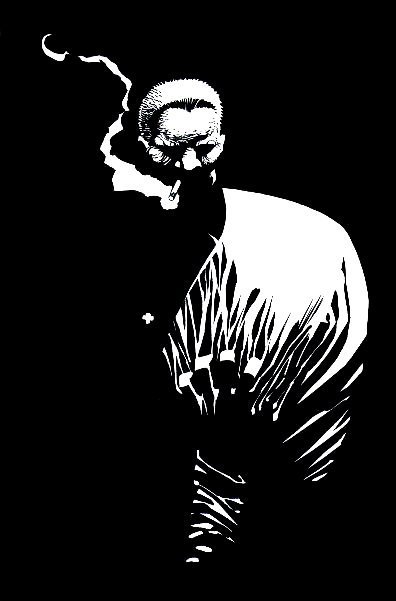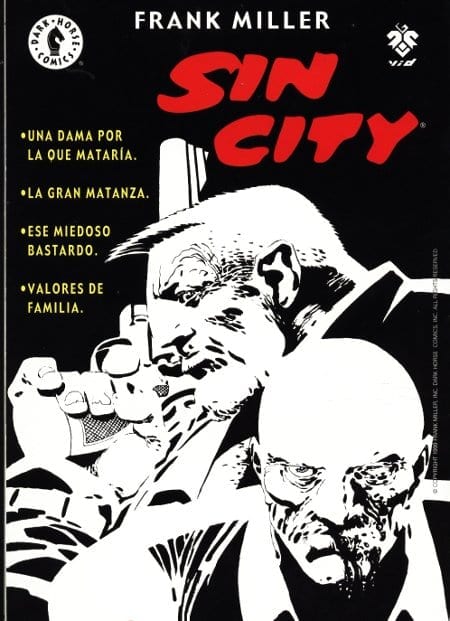
Miller is probably more responsible than anyone for changing the perception of the Caped Crusader from the “Biff! Pow!” camp hero to the grim Dark Knight that’s popular now. “I avoid, because I learned early on that if I watch other people’s interpretations of my characters, that I would disagree with them so vehemently that I would hate them.”

“I don’t think about it,” Miller says of his influence. Miller, 57, again serves as writer and co-director.Īlthough the artist has had an uneasy relationship with Hollywood, the irony is that his work is being used as the basis for much of what’s going on in entertainment today.

Its sequel, “A Dame to Kill For,” hits theaters Thursday. “Sin City,” released in 2005, ably translated Miller’s stylish comic to the screen. “He dragged me back into the movie business.” “It was just going to be a comic book, and then this crazy Texan, Robert Rodriguez, approached me and showed me how it could be a movie,” Miller says.

Miller (left) with “Sin City” director Robert Rodriguez Jason Kempin/Getty Images The black-and-white “Sin City” serial first appeared in 1991 and told noirish tales of gun-toting lugs and pretty broads. Instead, he focused on creating a comic series he thought no one could possibly adapt into a film. “I left the process not wanting to work in Hollywood ever again.”

“I learned that writing a screenplay is much like making a very pretty fire hydrant with a lot of dogs waiting for it,” Miller says, sitting in his Hell’s Kitchen studio. The influential graphic novelist put aside cartooning in the late 1980s to work on the two “Robocop” sequels. Only Hollywood wasn’t quite done with him. Back in the early 1990s, Frank Miller was done with Hollywood.


 0 kommentar(er)
0 kommentar(er)
